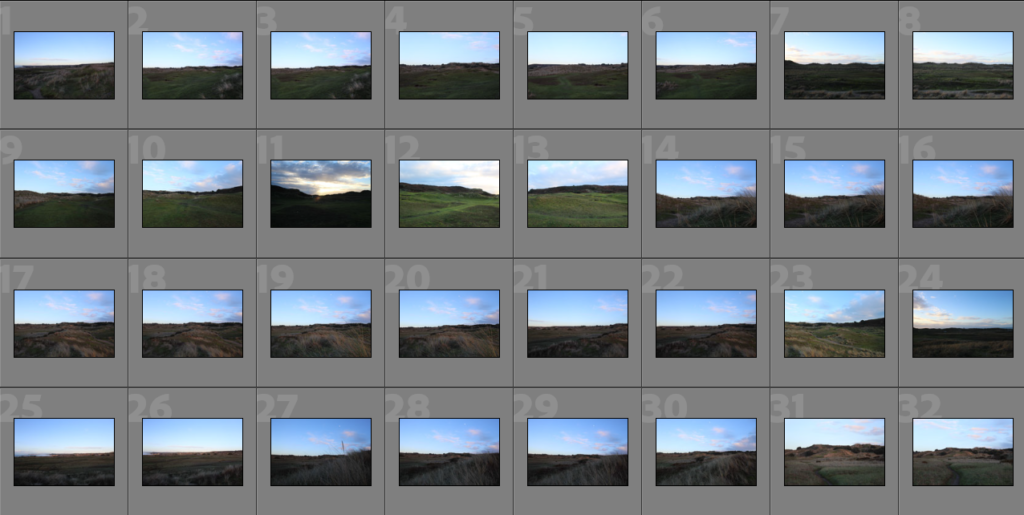






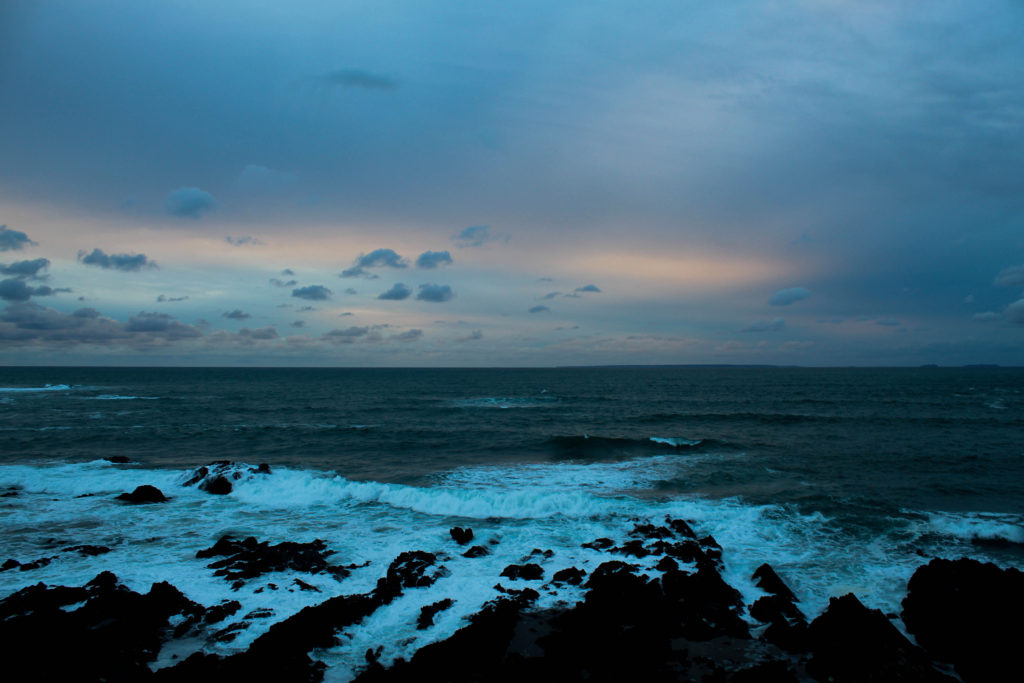



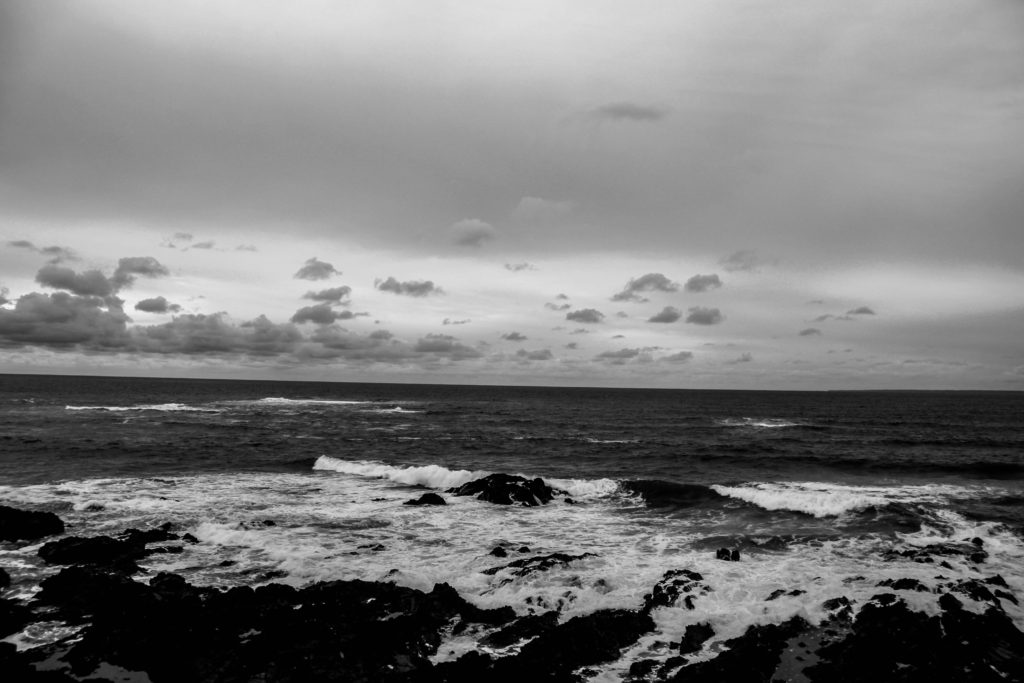

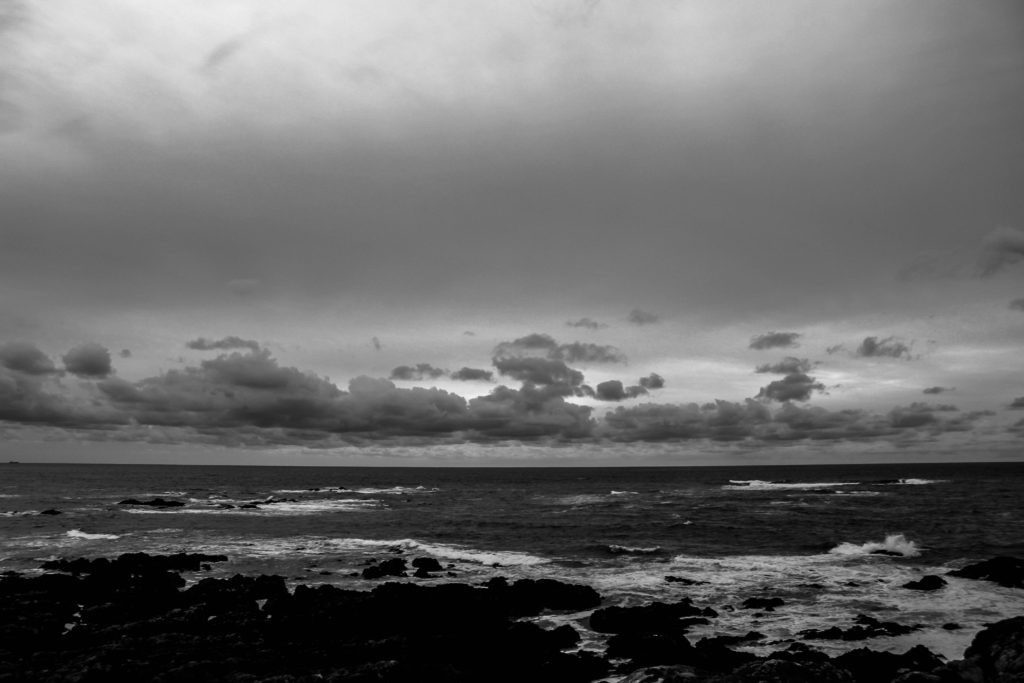
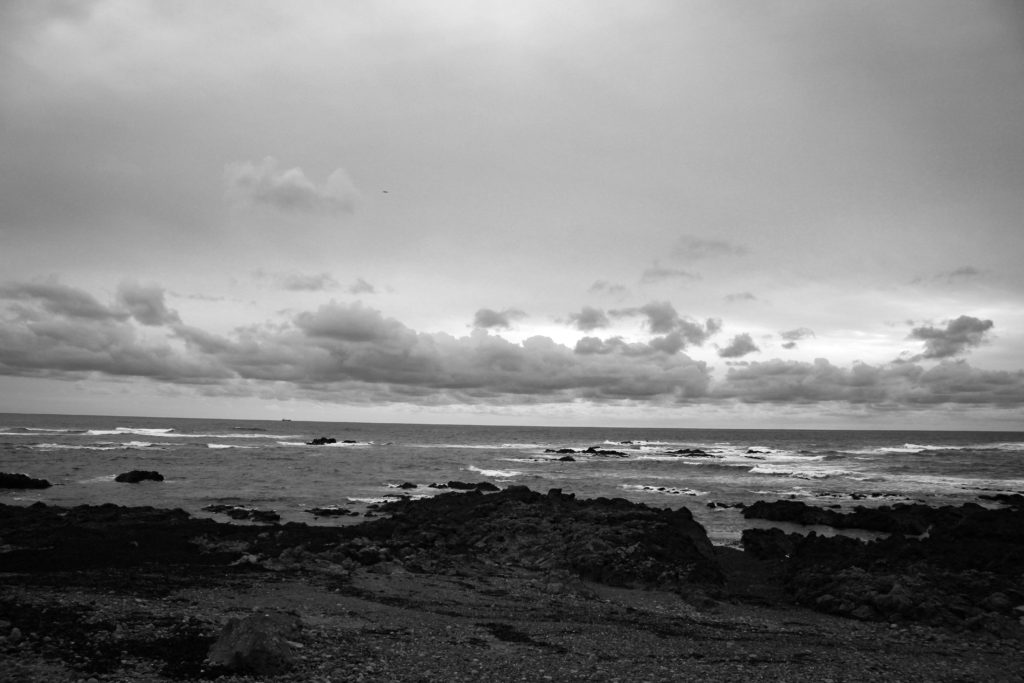

When comparing my image to Ansel Adams I can identify that both of the images are digital, their mise-en-scene presents a coastline on an overcast day. The lighting used is natural for both and they’ve both been taken from a straight-on angle however, my images has been taken from higher up than Adams image. Both images are monochrome and vary in tone. You can see the contrast in tones in both images such as in the clouds and the sky compered to the sea. It is clear that the rule of thirds has been used in my image and Ansel Adams image however Adams has used leading lines, which leads you to the land in the background, whereas I haven’t.

I think that some of my images related to the theme of romanticism however, I didn’t have a wide angle lens so couldn’t exaggerate the perspective of the landscape. Overall I think I could have done better but I’m not too disappointed with the way my final images came out.

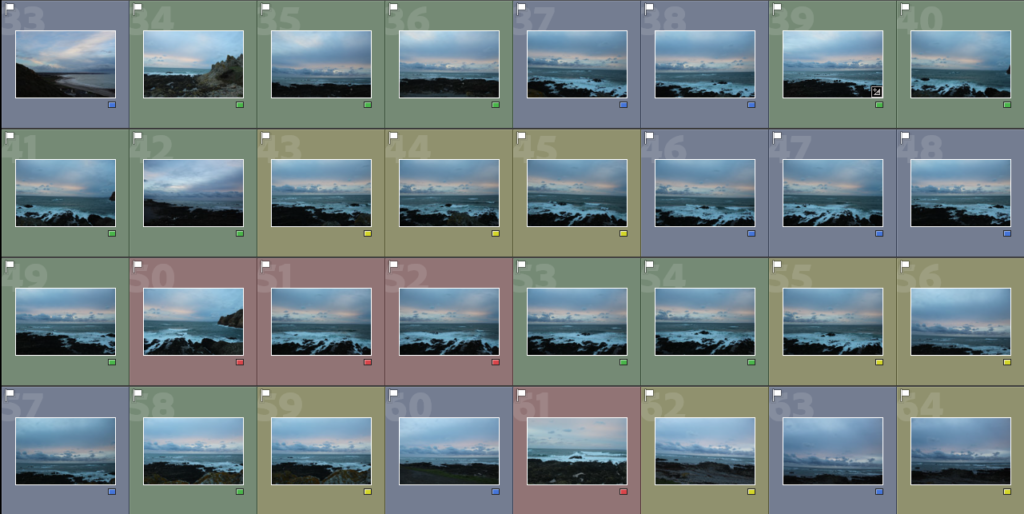




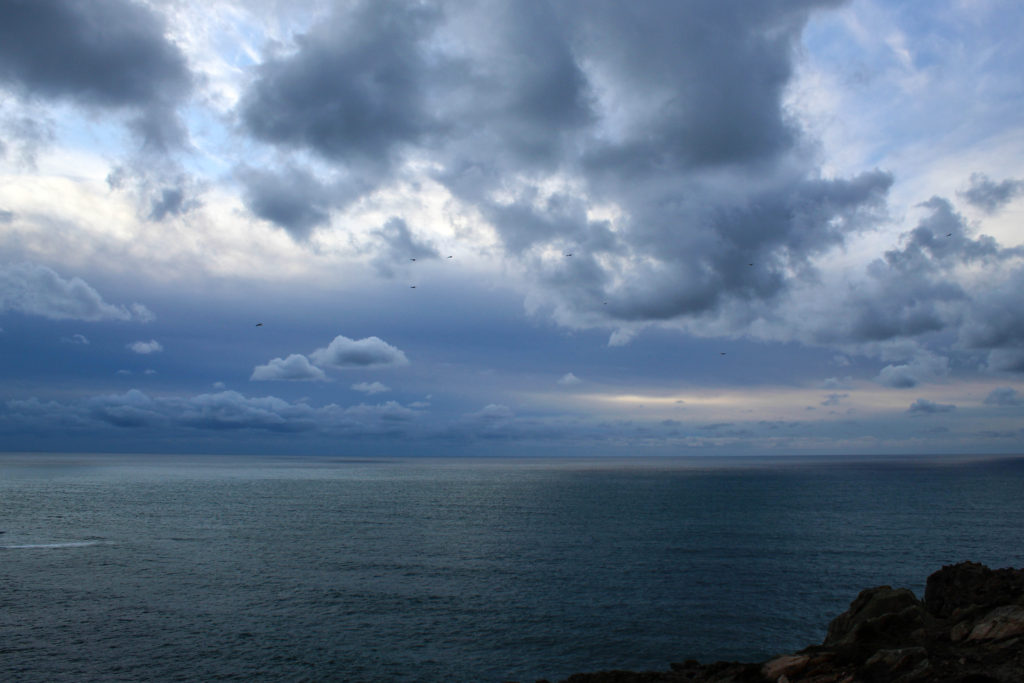


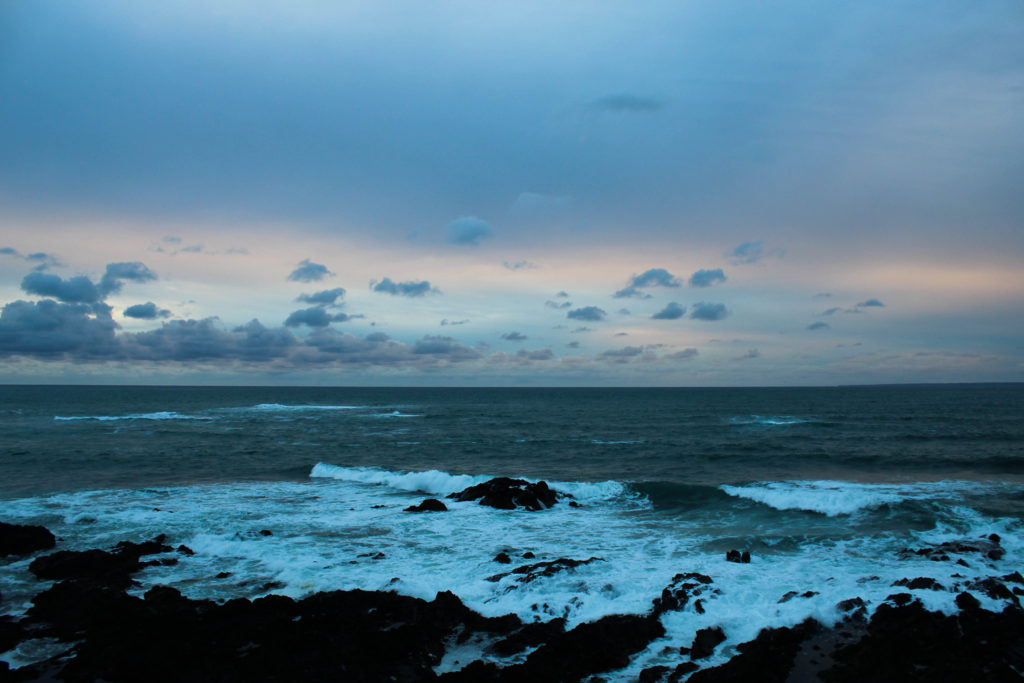
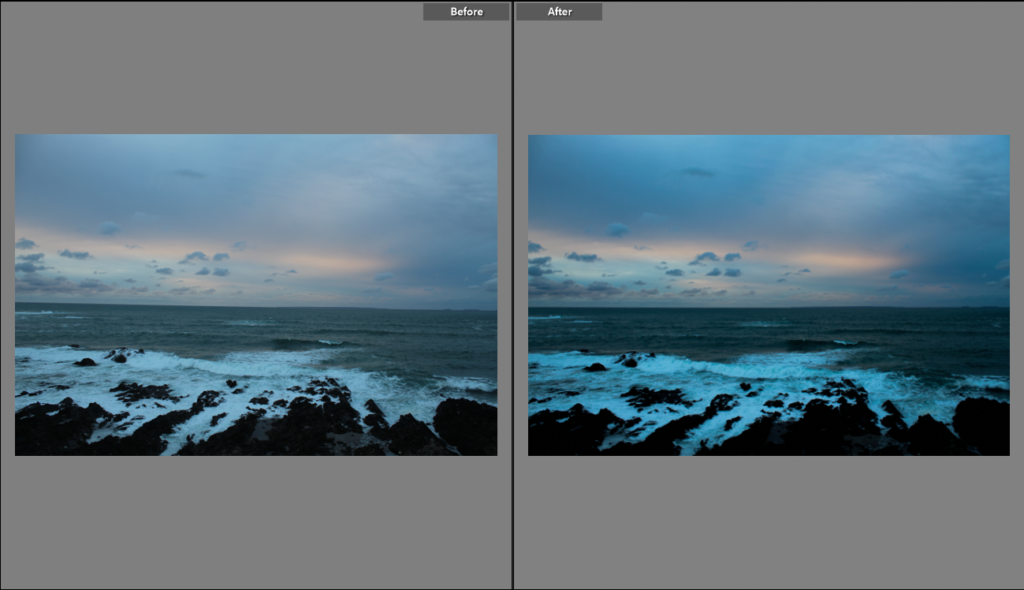

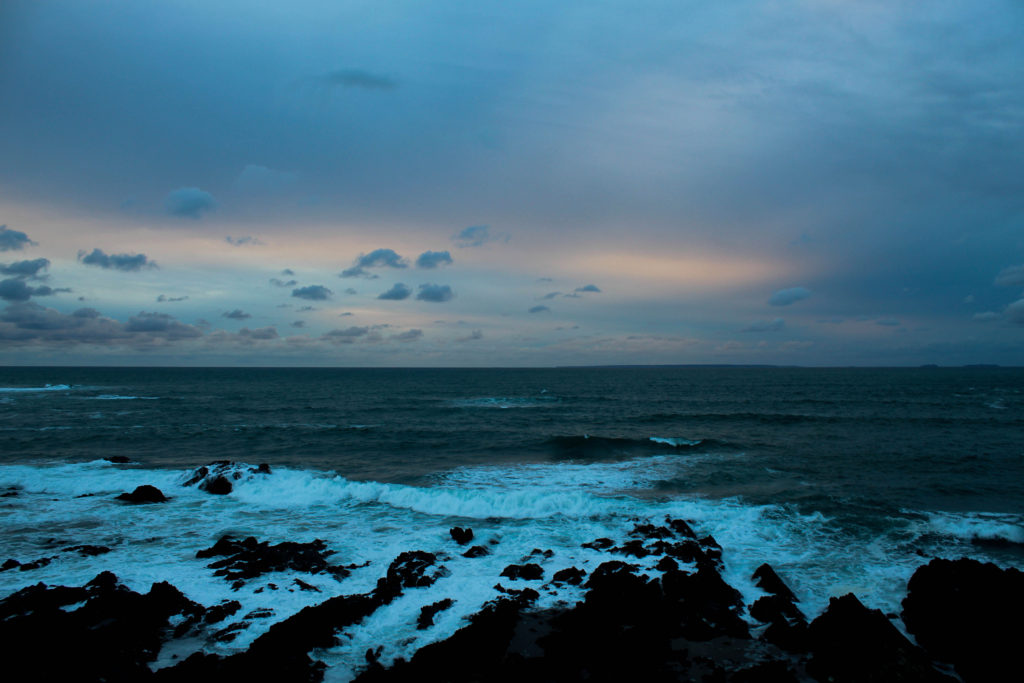
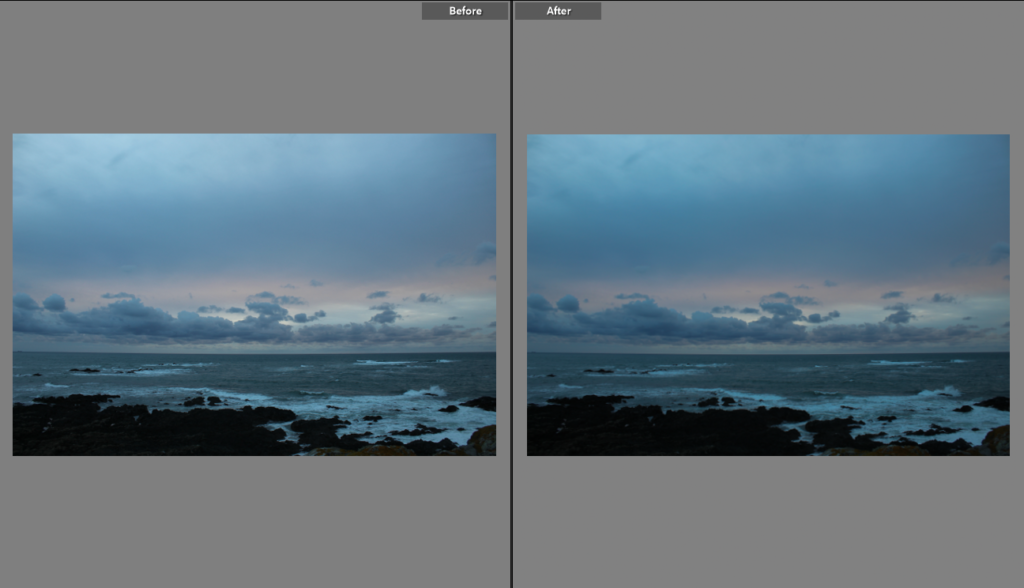


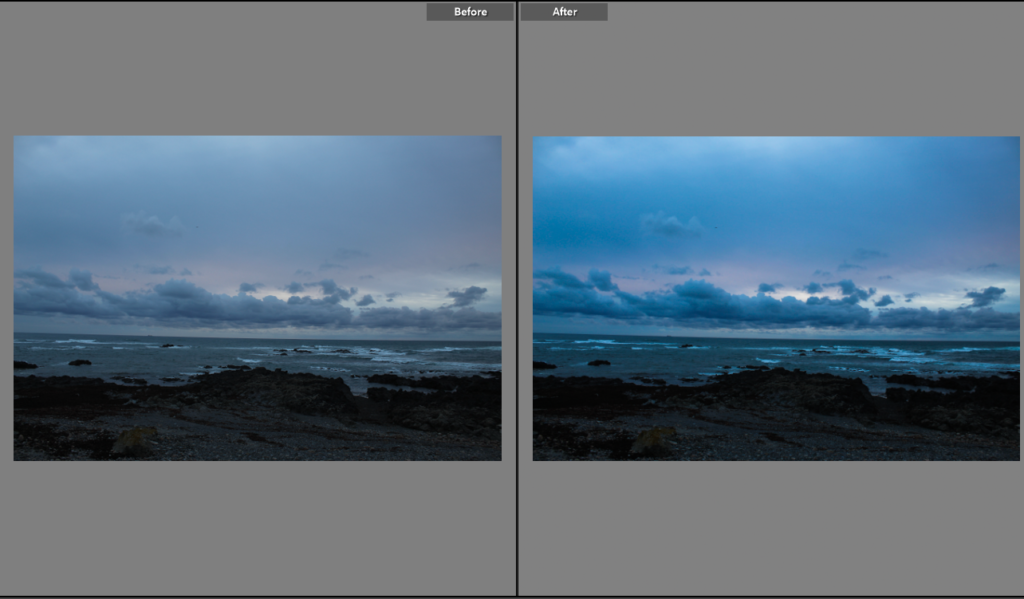

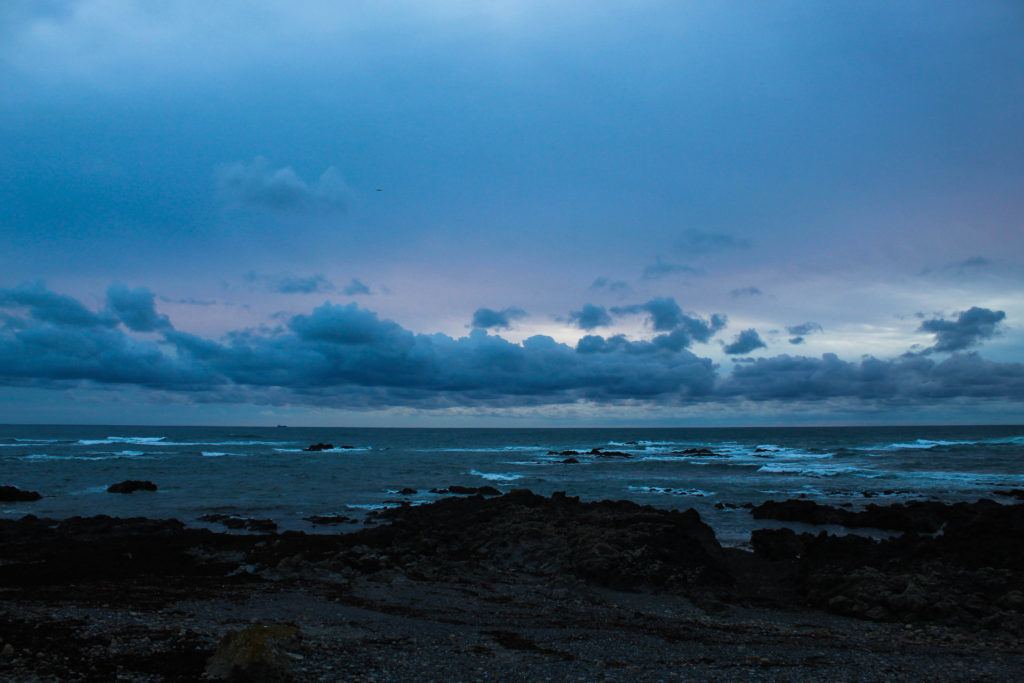
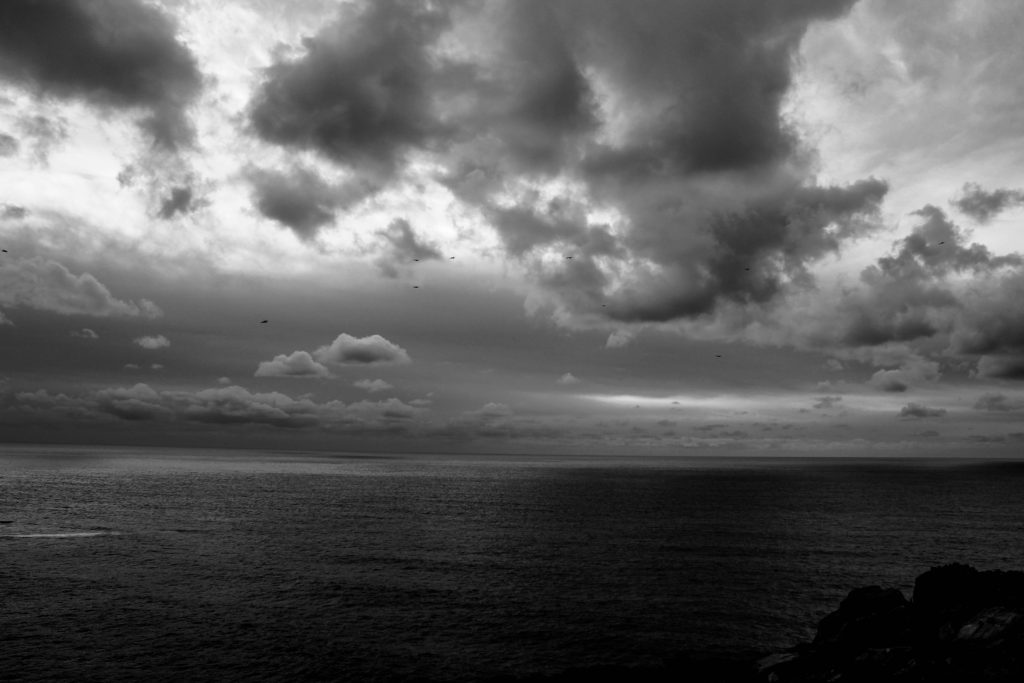
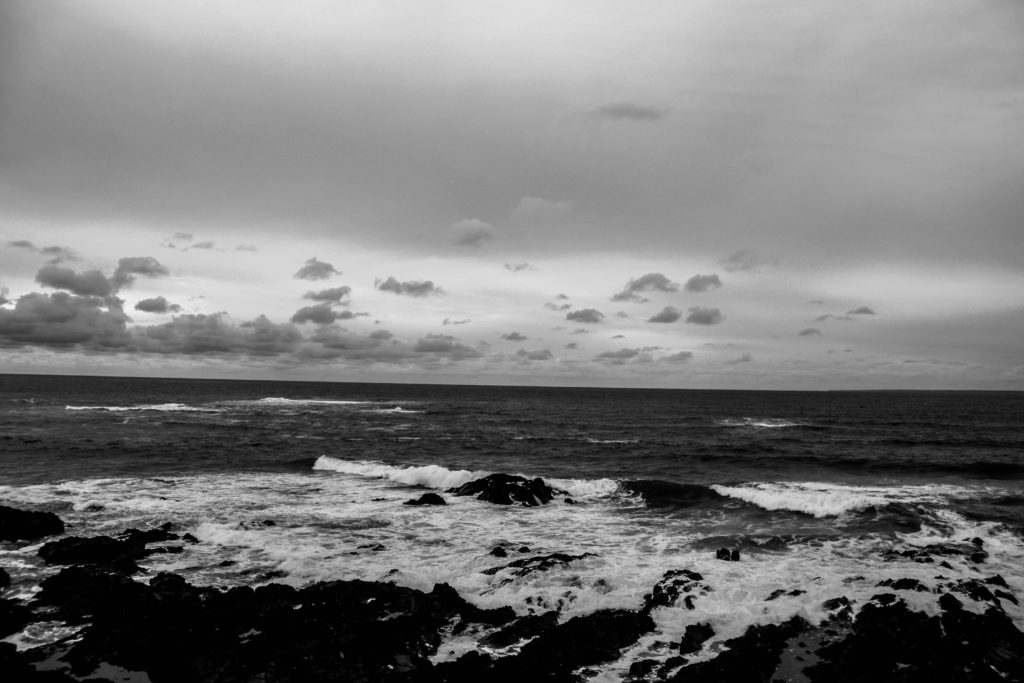
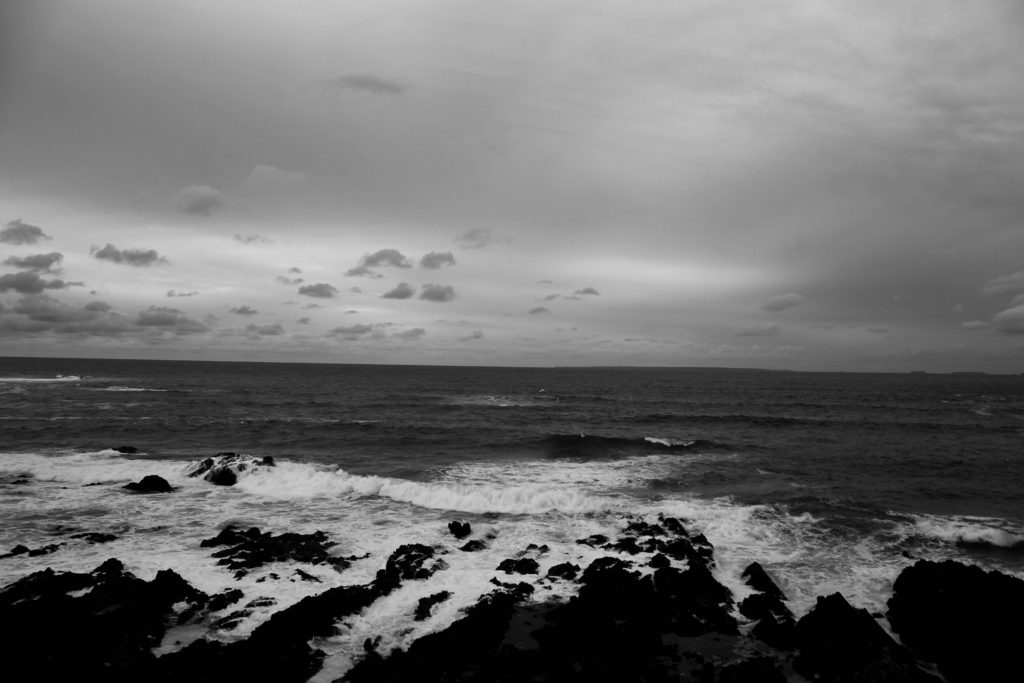

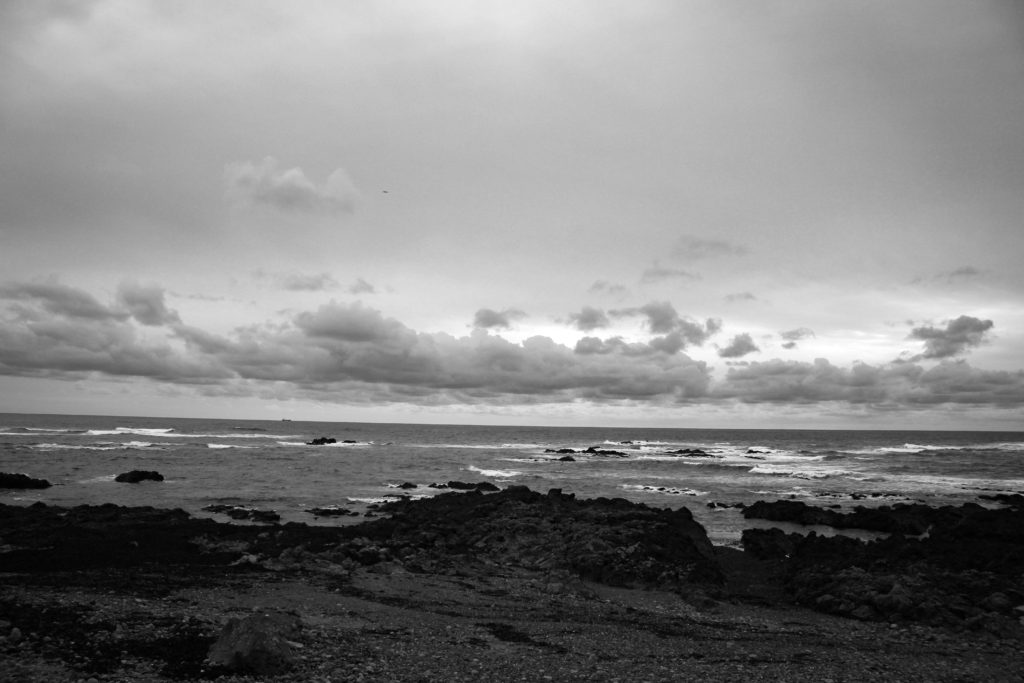
I took these images around L’etacq on a cloudy afternoon and during the sun set.
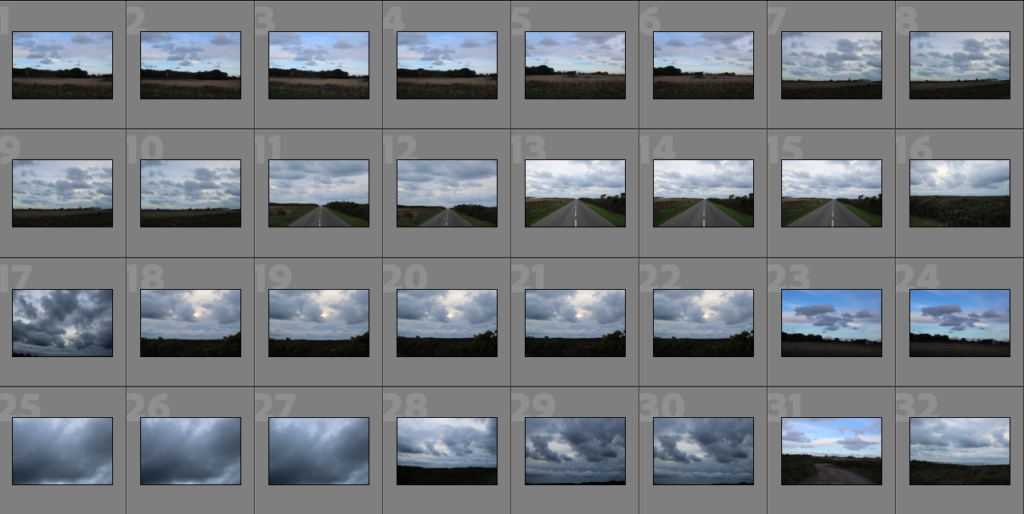
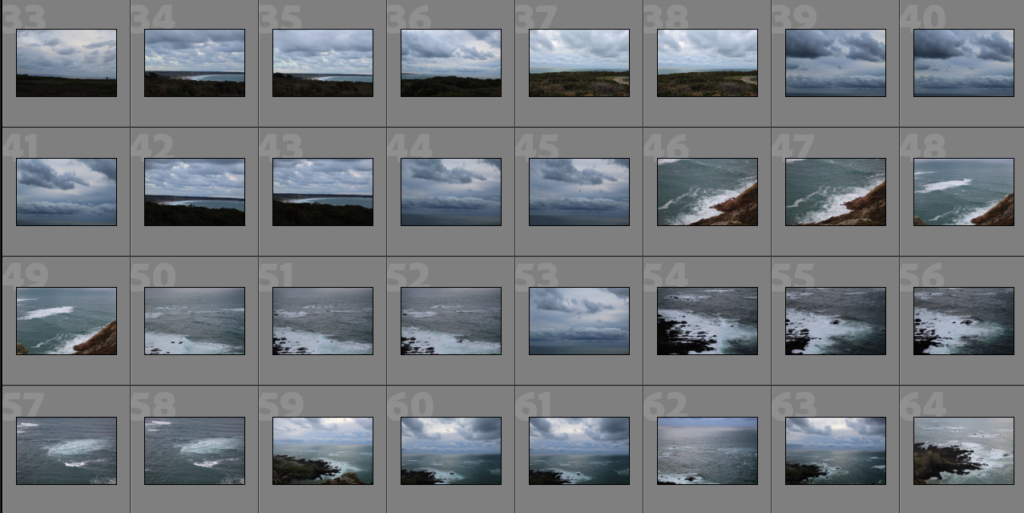
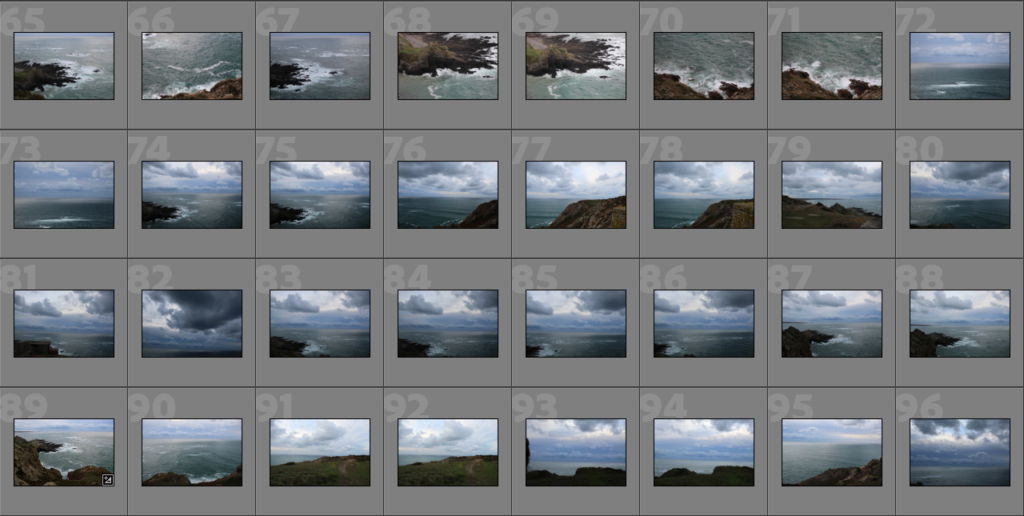
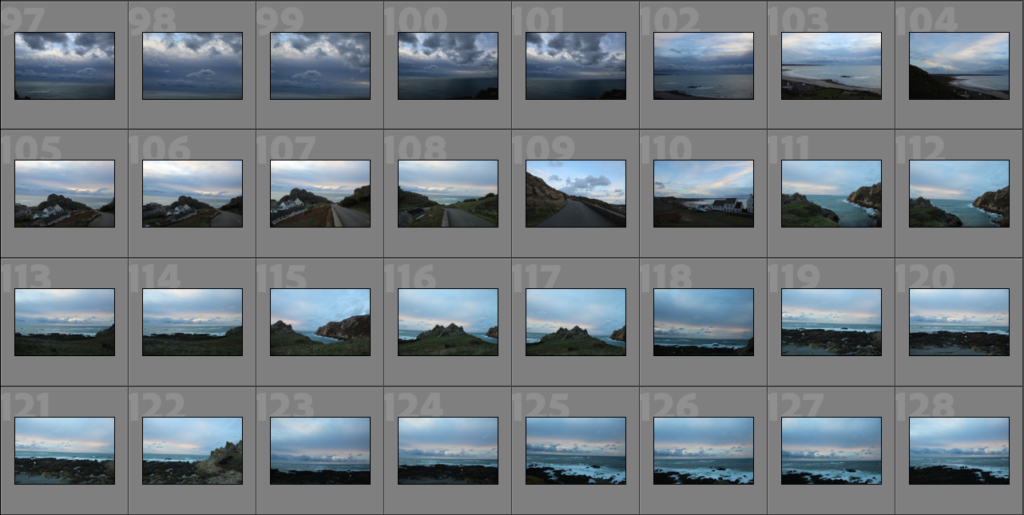
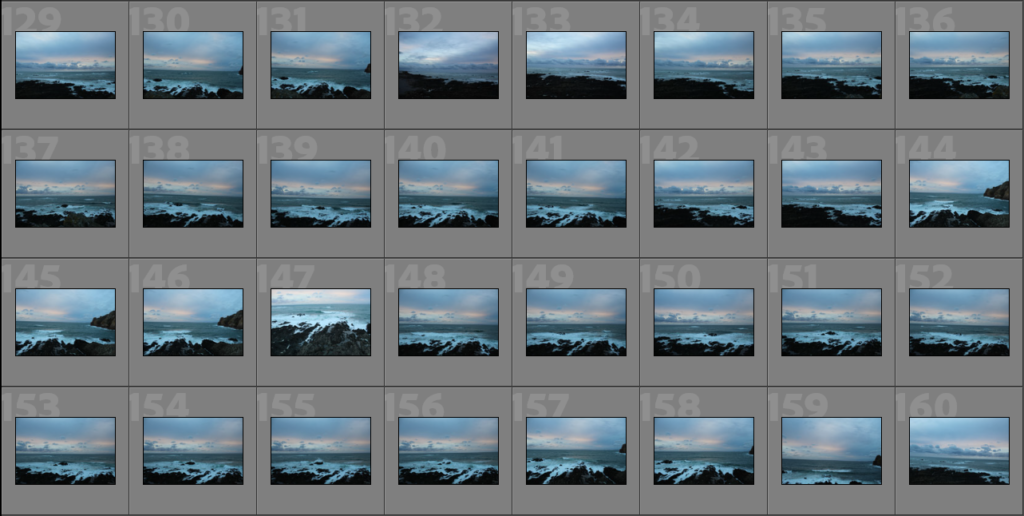
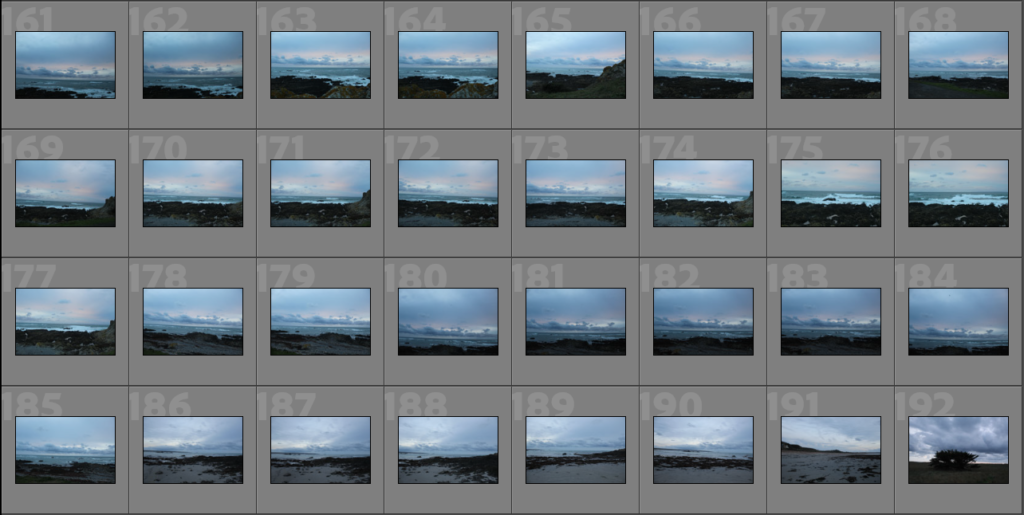
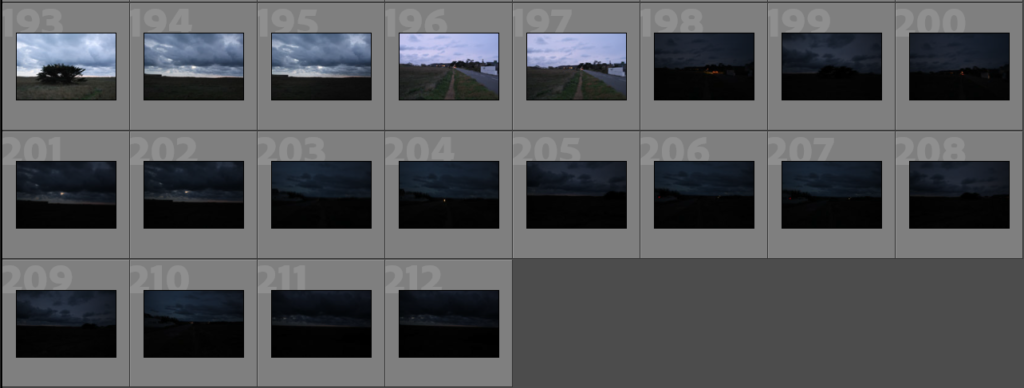
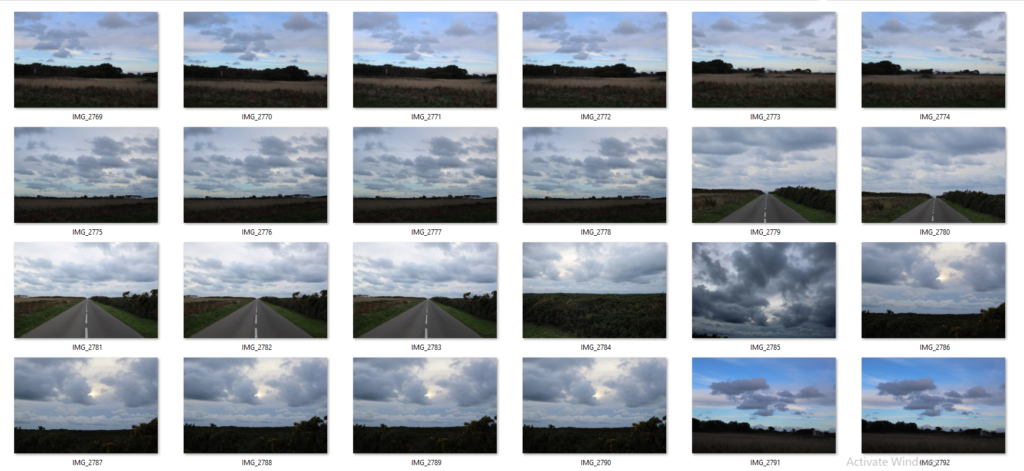

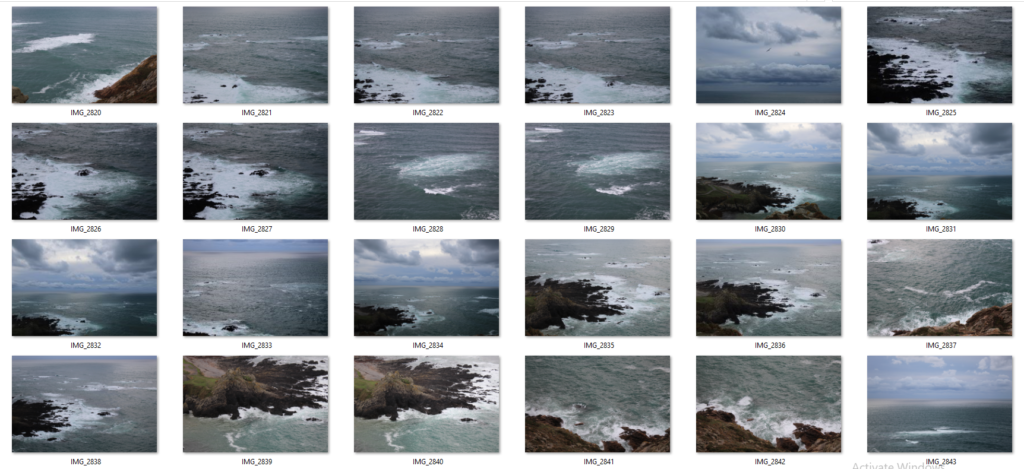



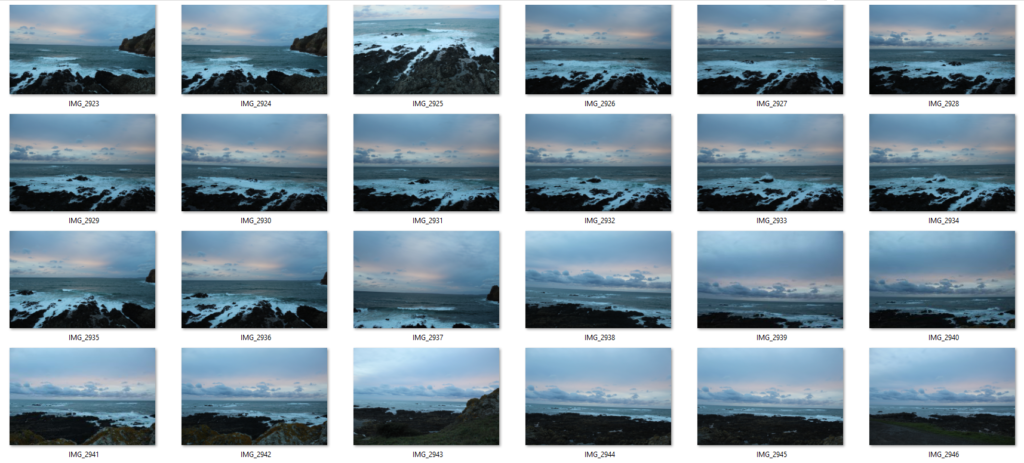
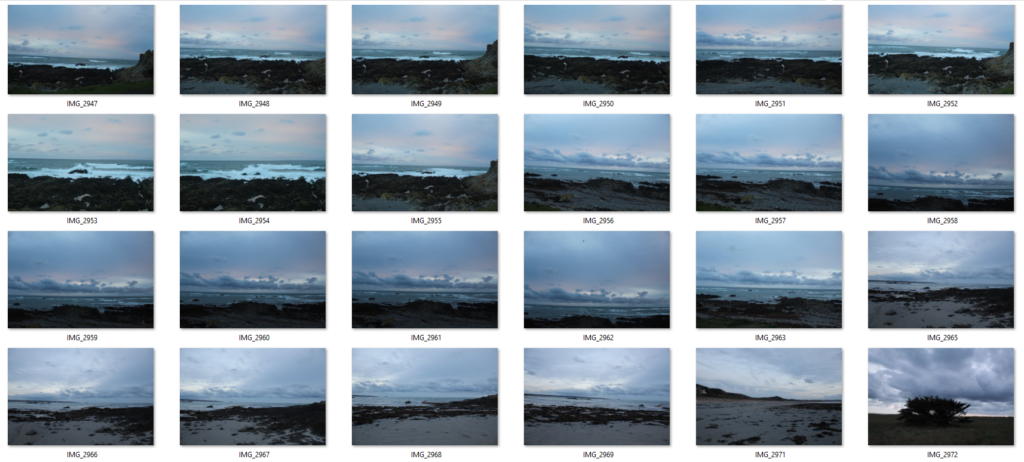
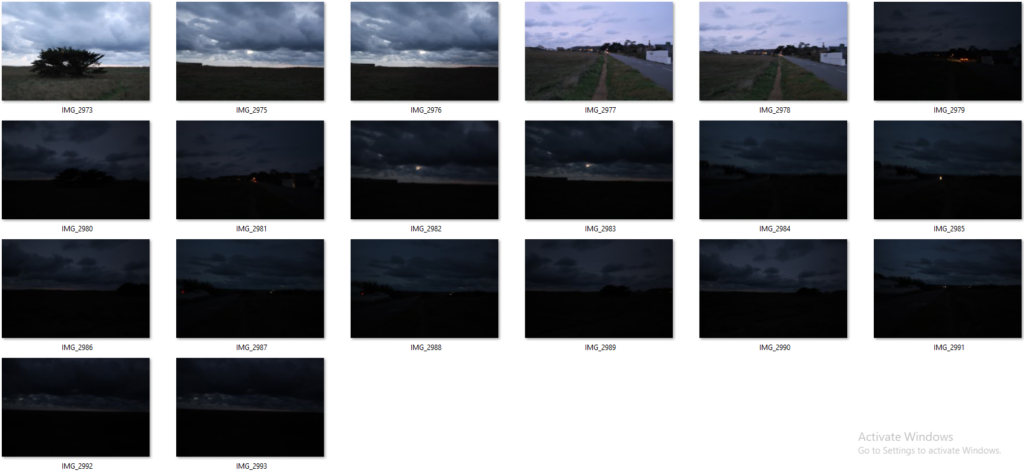


Ansel Adams was an American photographer, born in San Francisco, who was best known for his landscape images which showed the raw beauty of nature as Adams wanted to conserve the beauty of nature. He grew up near the Golden Gate where he liked to go and explore which is why he would hike up in the National parks to get his final images. In 1919 he joined the Sierra Club and spent four years in Yosemite Valley, where he took many of his most famous images and started his success. In 1928 he had his first one man exhibition at the club’s San Francisco headquarters.
Adams was apart of a group called ‘f/64’ which refers to a small aperture setting to enable you to get a large depth of field and everything being sharp and in focus. There were 11 members in the group who wanted to promote ‘pure’ photography.
He would vision his image before taking it (visualisation) because he wanted to capture what he could see in front of him. This would involve changing the filter he used to get different exposures. Adams used a Brownie Box camera which was given to him when he first visited Yosemite National Park. The camera is seen below.
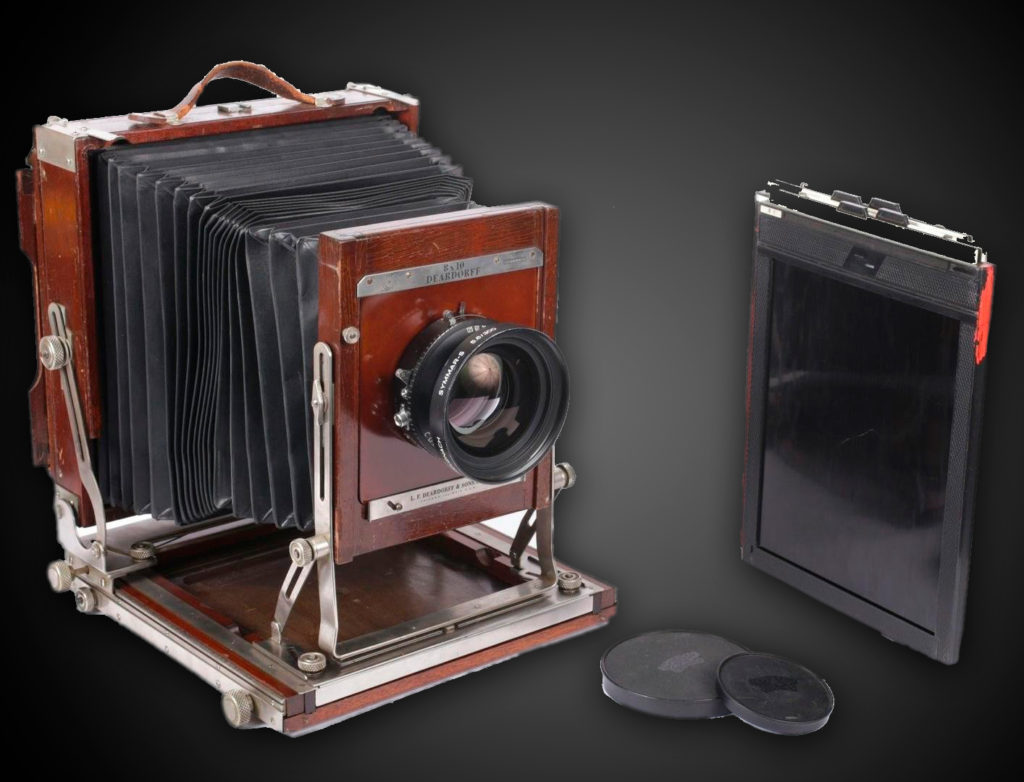
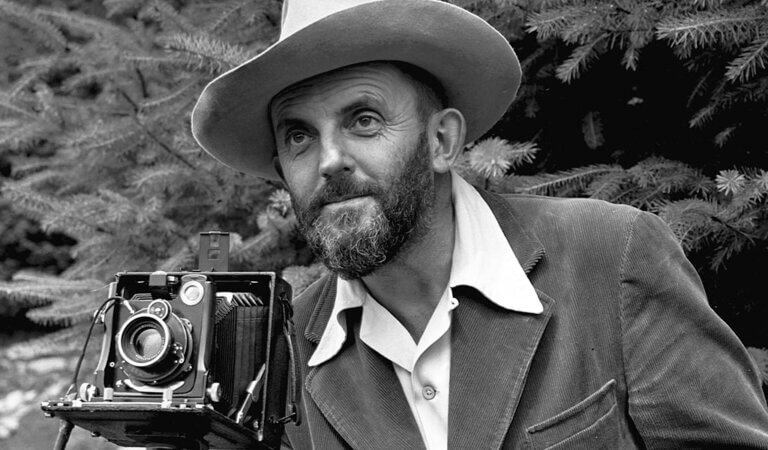
The image see above was captured after Adams had hiked along Yosemite’s LeConte Gully to the ‘diving board’. The feature capture is the Yosemite National Park’s most iconic features. When he first took the photo he used a yellow filter however, the image didn’t come out how he had visualised it. Adams then changed the filter to a dark red one which made the sky darker and produced the contrast between the shadows and bright white snow which is visible in the final image.
Ansel used a zoning system he created to ensure his images he taken had the contrast he wanted which to be displayed and visible in all his final images.


This is a digital photo of the Grand Teton National Park, Wyoming. The mis-en-scene presents the Snake River and the Grand Tetons. It also presents cloudy areas in the photo which can be seen in the top left third. The right side of the image contrasts with the rest of the image as it is vastly darker than the rest of the photo. The use of light is natural and is coming from the left of the image which is why there is a shadow on the right side. This photo has been taken from a straight on angle from somewhere higher than the river which enables Adams to get the river and mountains in the frame. All of the image is in focus which suggests that the image was taken with a large depth of field. The colours and tone of the image is monochrome. The photographer has used leading lines as the river draws you to the mountains. He has also, clearly used the rule of thirds.

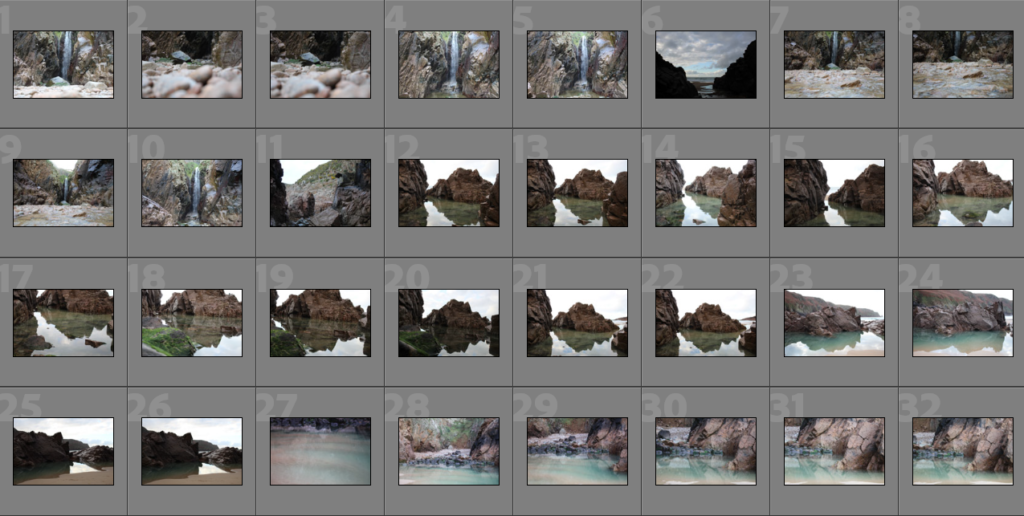



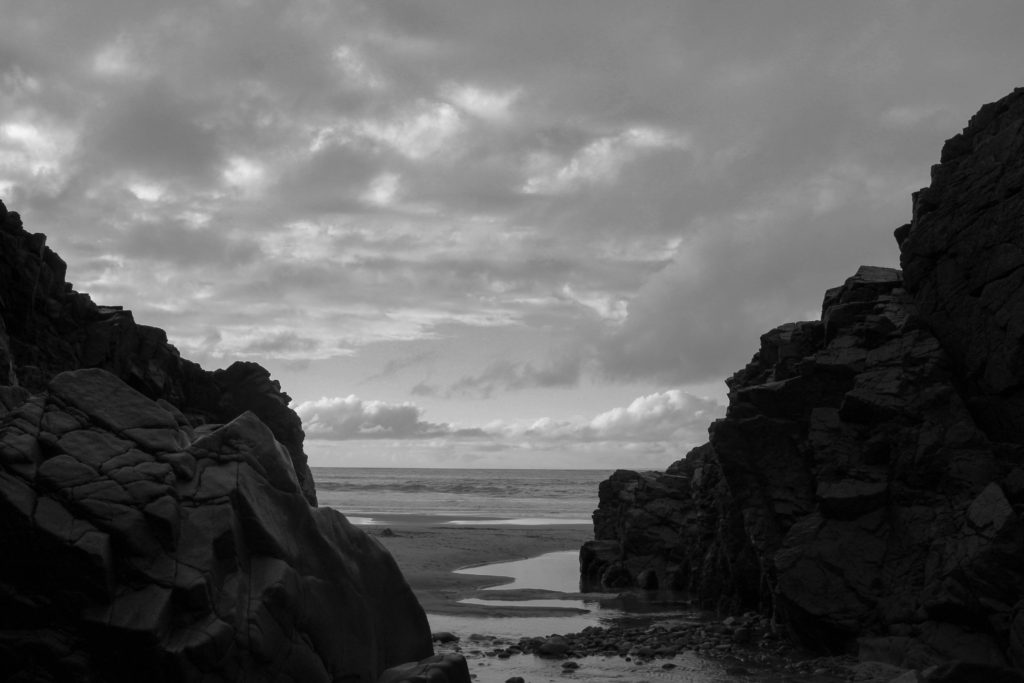





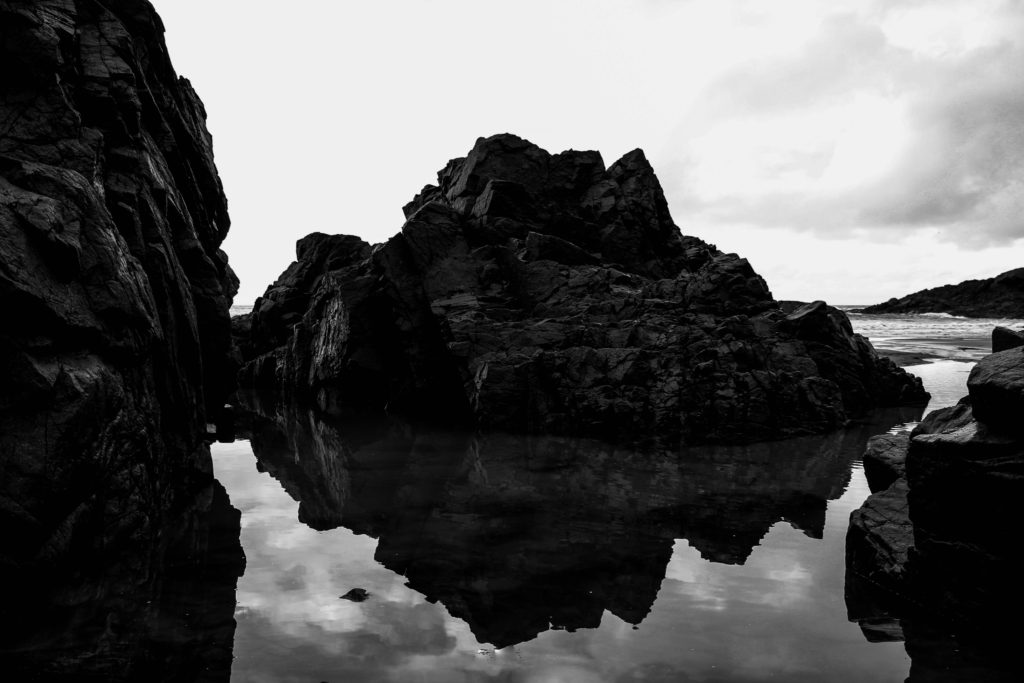


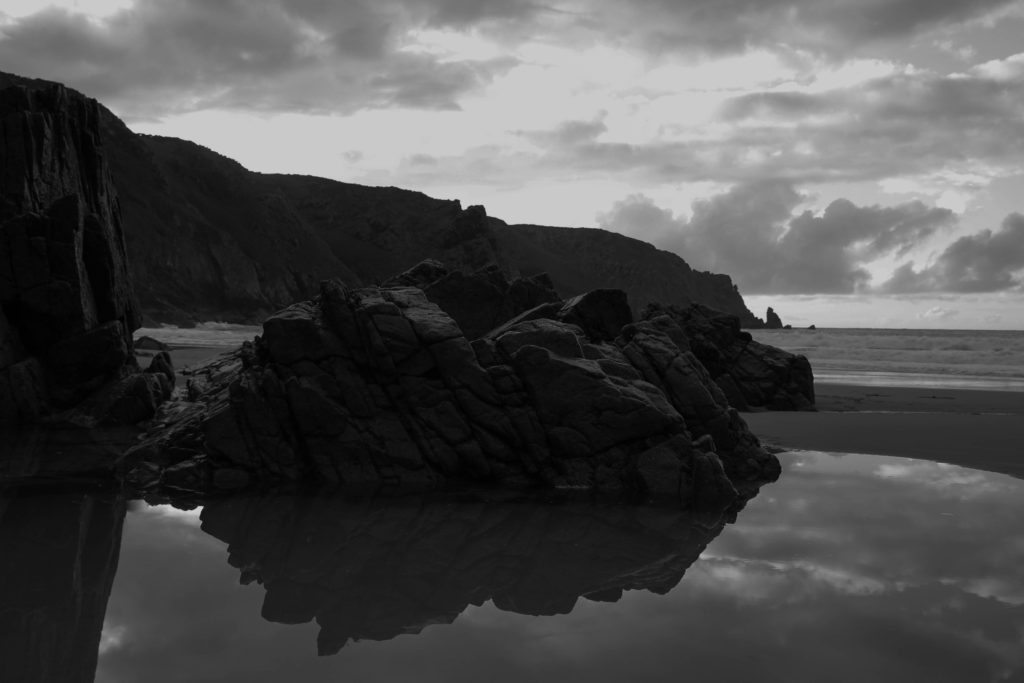


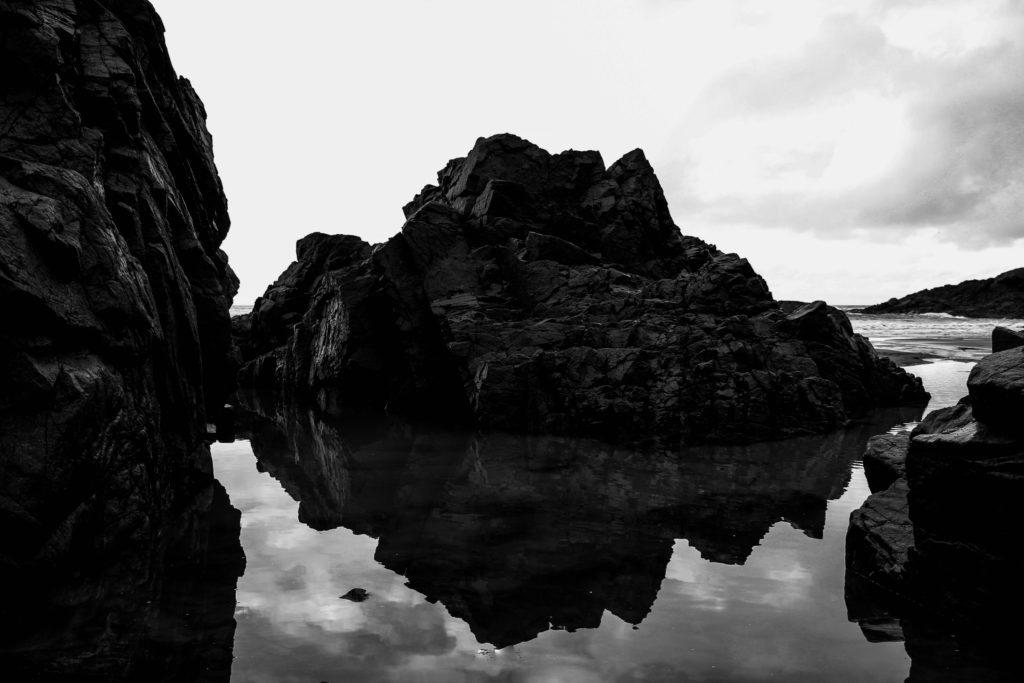


Romanticism occurred in the mid 18th century as a reaction to the birth of the modern world. Romanticist hated anything mechanical, such as steam trains and factories, they were against the industrial revolution as they believed the modern industrial world was harsh and they wanted to escape from the modern realities. They wanted to focus on beauty and wisdom that came from love, nature and the natural world. Romanticist believed in the natural goodness of humans and the freedom of the mind, having an imagination, emotion and feelings. When looking at images they reflect how romanticists felt about nature and how it was powerful, beautiful and seen as pure and spiritual.
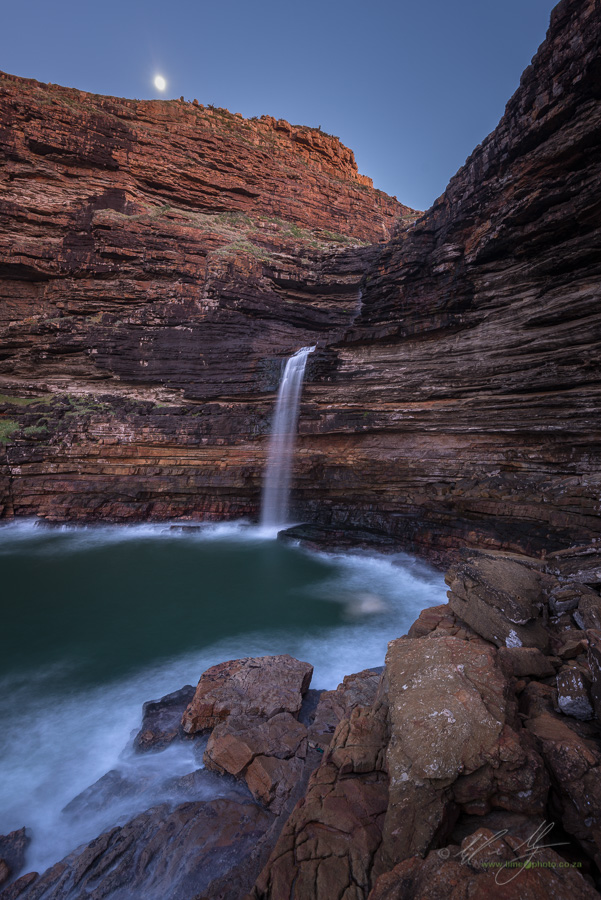

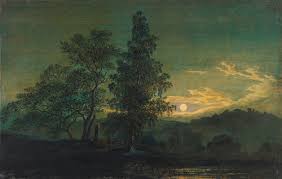
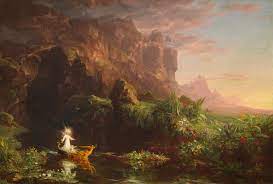


Poems, paintings and photography all started to contribute to the romanticism era. The main characteristics of romanticism were: Interest in the common man and childhood, Strong senses, emotions, and feelings, Awe of nature, Celebration of the individual, Importance of imagination. The paintings could be dramatic sometimes and still show the true beauty of nature and all they believed in.
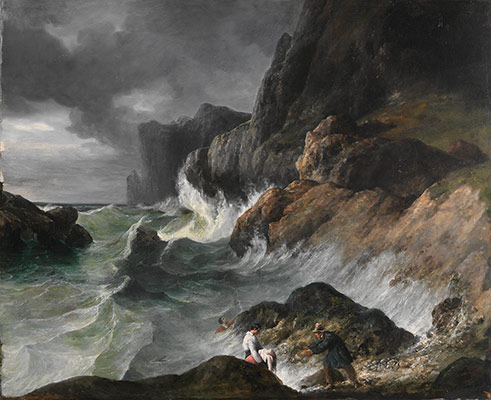
JJ Rousseau was seen as the father of romanticism as he believed that man was good in nature and society’s influence has ruined mans essential goodness. He also stressed the importance of feelings and emotion which can be seen in his writing.

Ansel Adams is a famous American romanticist photographer whose images relate to romanticism as they revealed the raw beauty of nature and the outdoors.


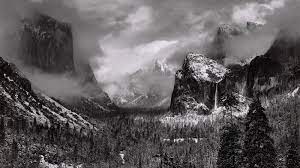
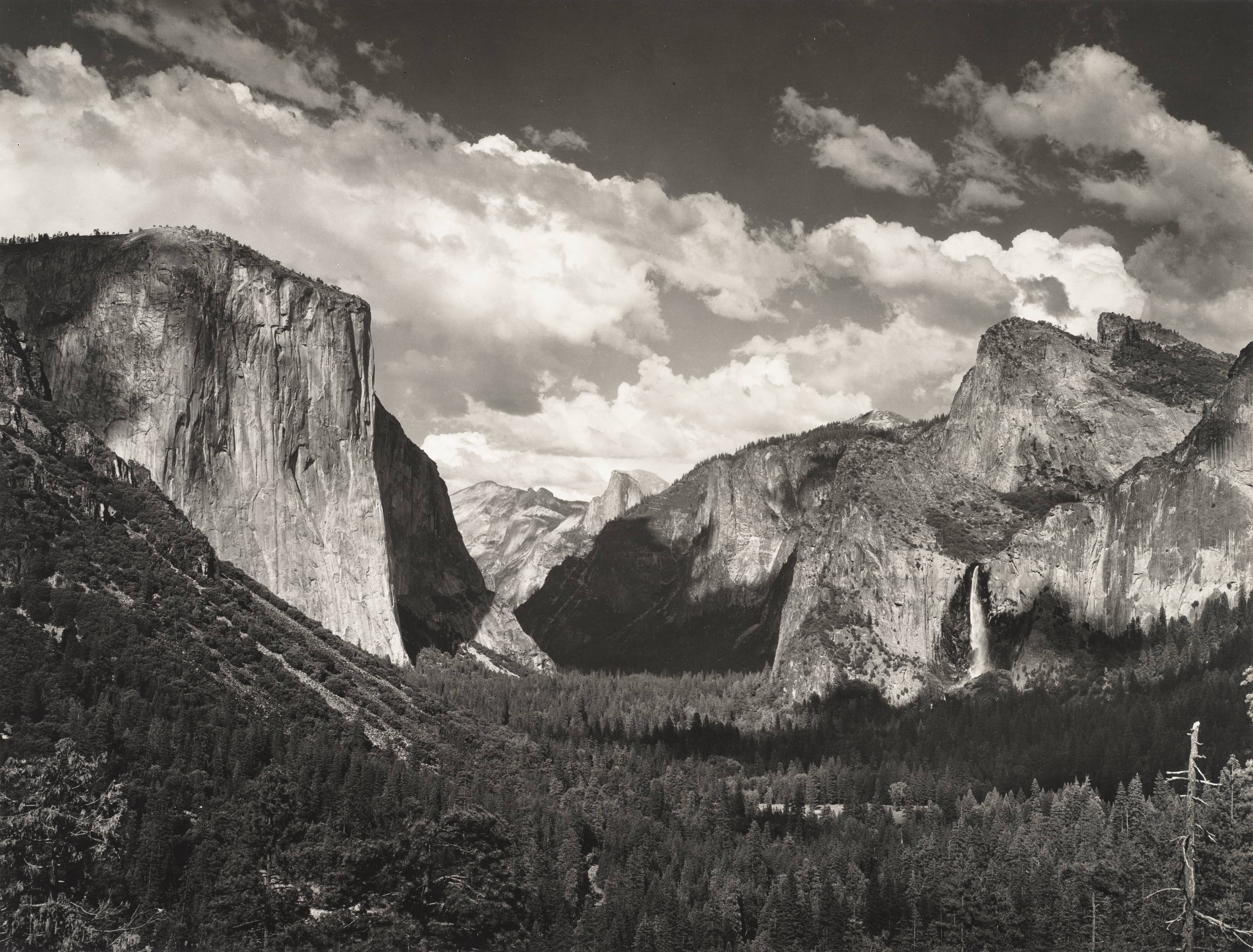
Fay Godwin took photos which showed romantic element however, she rejected the concept of romanticism and stated that her images didn’t fit anywhere in the ‘sublime’ romantic era.


Sublime is an experience that is good but could make us feel insignificant, where we allow our emotions to overwhelm and overtake us as we experience the beautiful creation of nature. Romanticist saw the sublime as the meeting of emotion and the natural world. Sublime linked to romanticism as romanticist artists would use their own experiences with nature to transfer the experience of the sublime.
John Constable was born in Suffolk England, he was an artist in the romantic tradition. He is well know for his rural landscape paintings of England in the 1800’s, most of Constables paintings were based around where he lived which is now known as “Constable Country”

Constables image depicts a rural scene on the River Stour, it captures an image of rural bliss to show what rural England looked like before the industrial revolution to get rid of peoples stereotypical view on England during the industrial revolution, almost acting as an illusion. The image can be interpreted to show how there was tension between landowners and their workers.


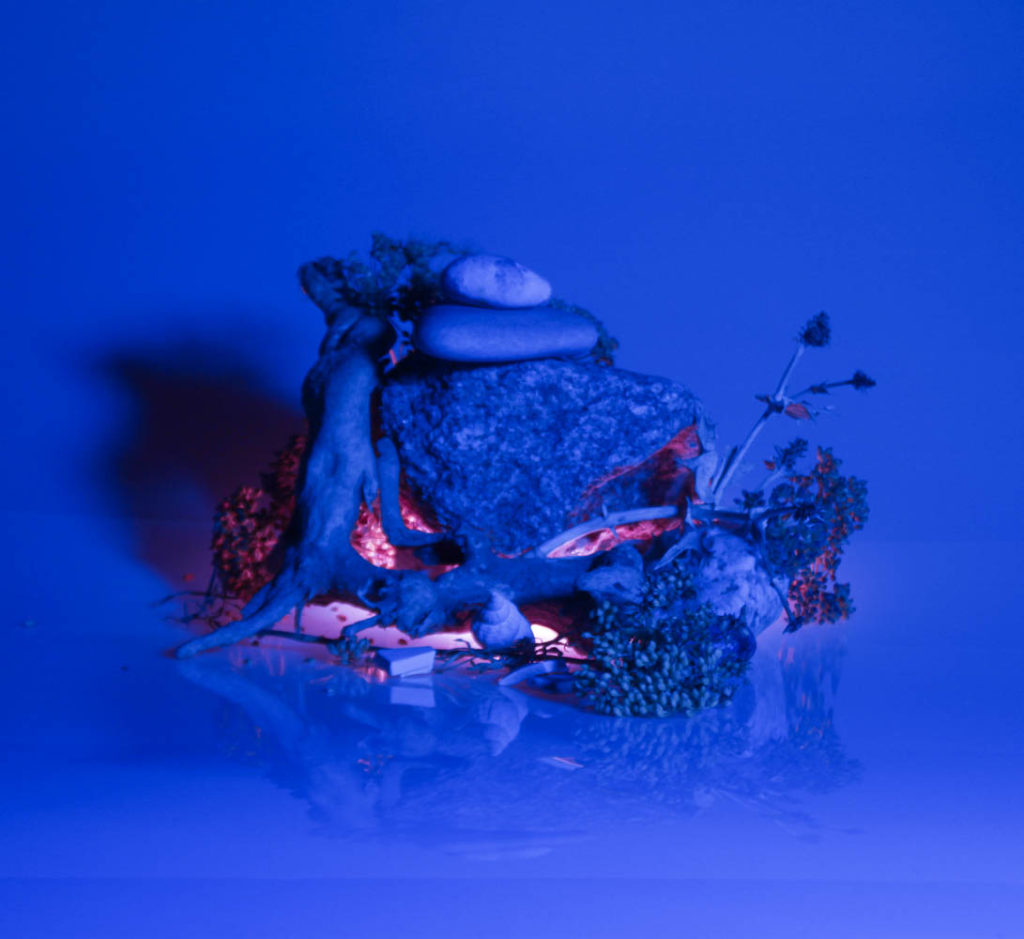
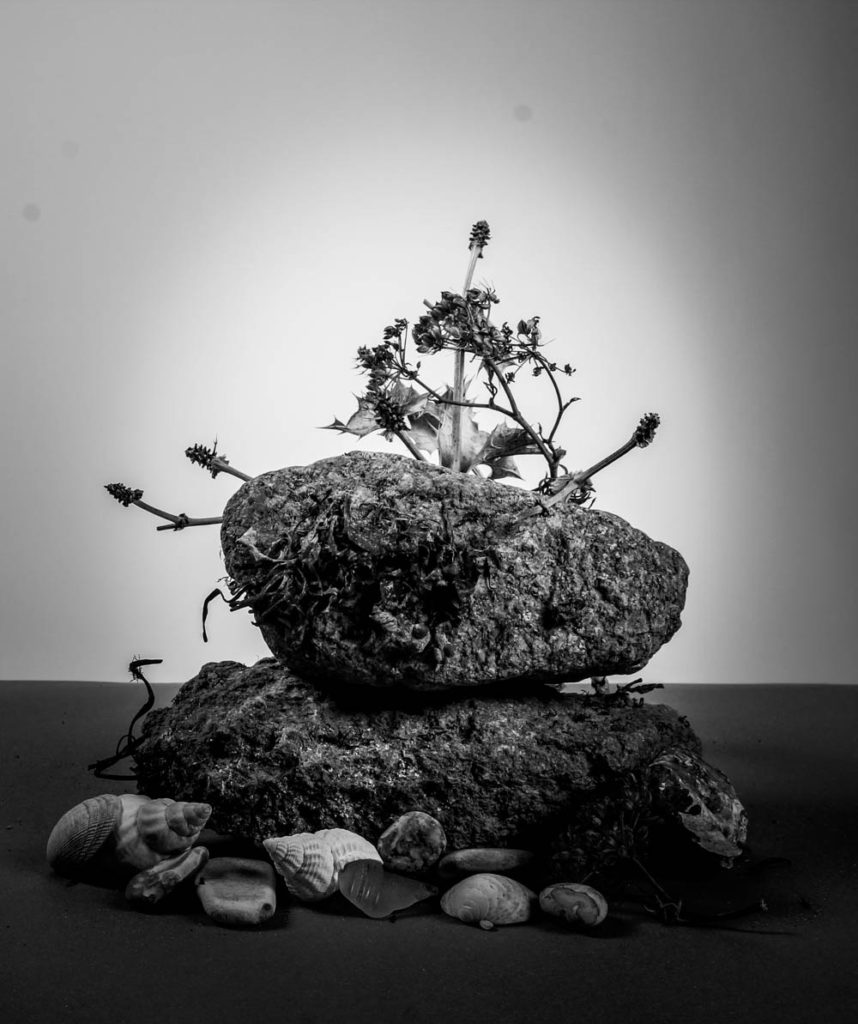
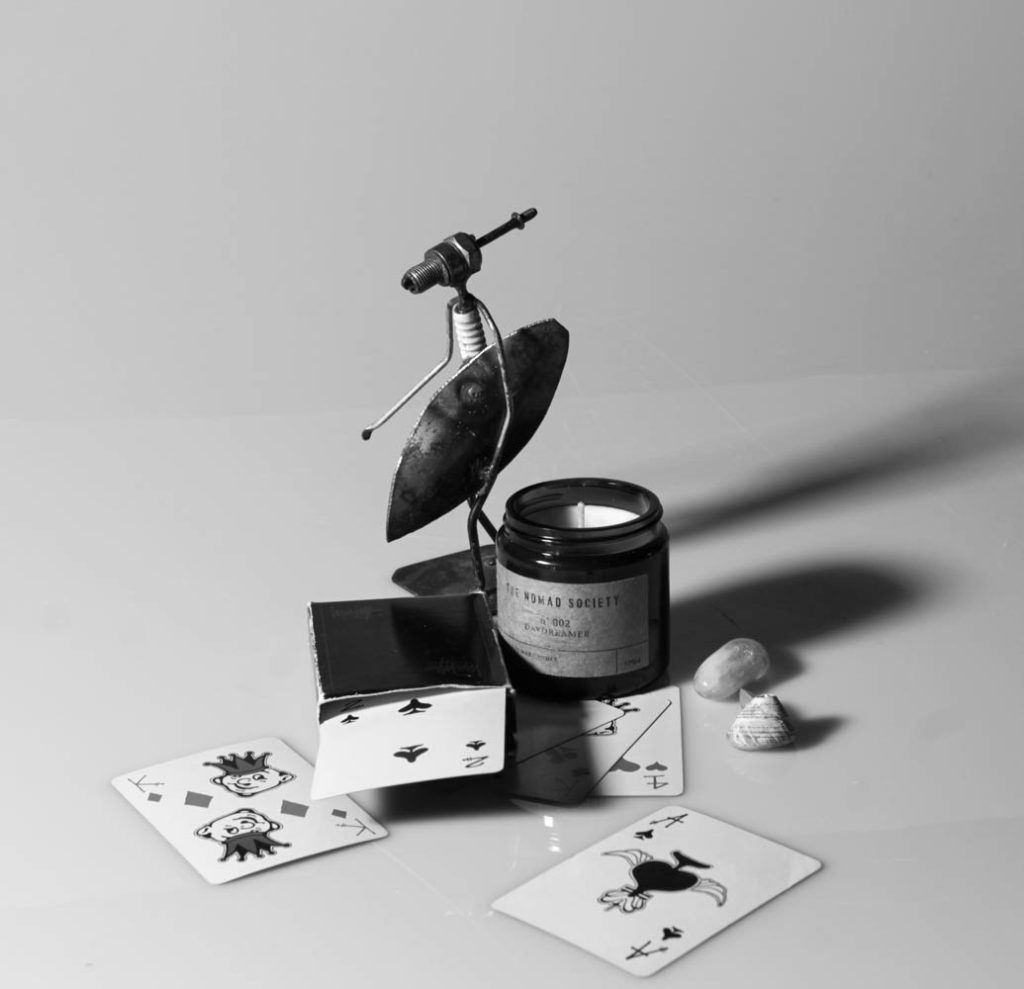
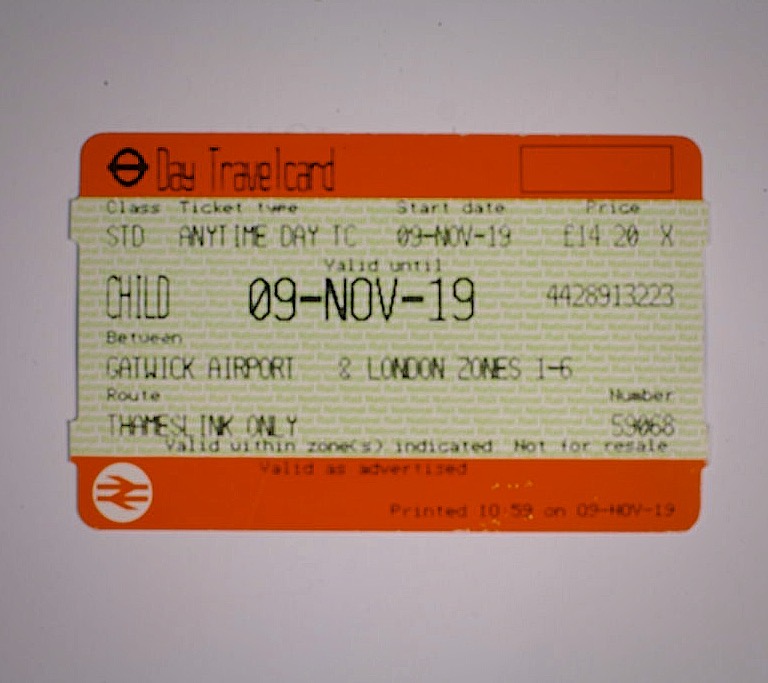

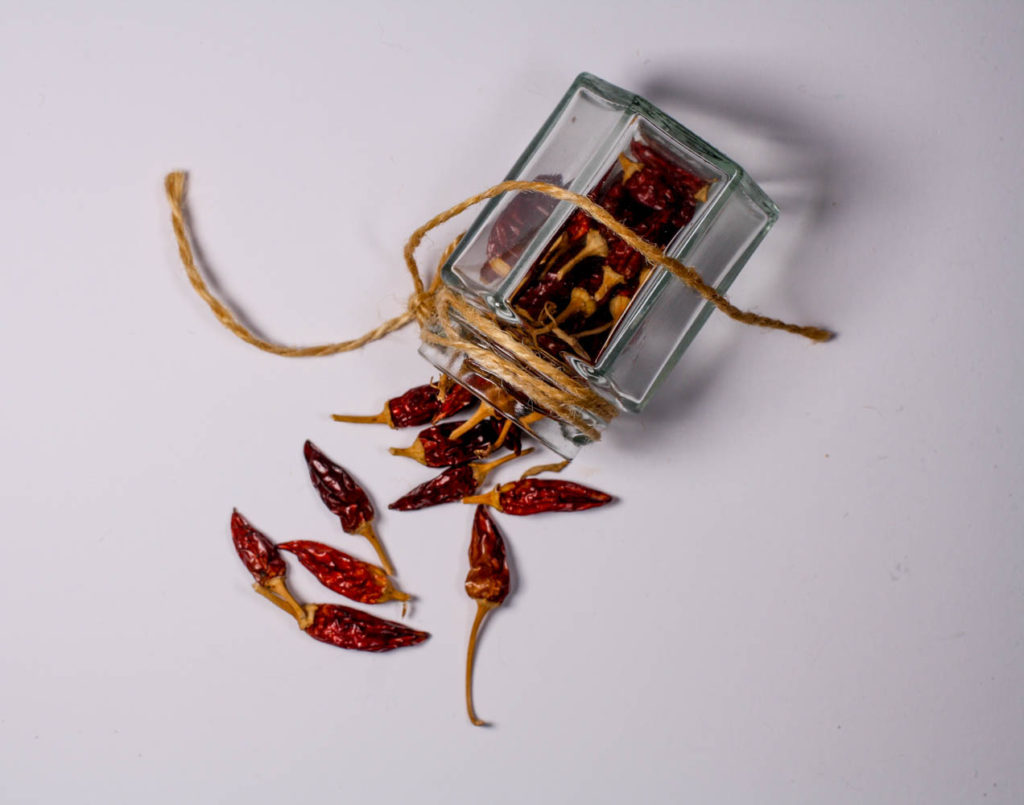


Overall I think this project could of been better. This is because my I’m not as happy with my images as I could be and I don’t think they show what I’m capable of. I am happy and proud with some of my images towards the later stages of the project such as the Mary Ellen Bartley images I took. Taking images of still life and single objects was new to me and I think if I were to redo any of the shoots I would have a better understanding of how to arrange the objects to make the images more appealing and interesting. Looking at my final outcomes I am happy with how the window mount came out as I have never done something like that before.